Rising Disposable Incomes
The Premium Wine Market appears to be positively influenced by the increasing disposable incomes of consumers. As individuals experience higher earnings, they tend to allocate a portion of their income towards luxury goods, including premium wines. This trend is particularly evident in emerging markets, where a burgeoning middle class is developing a taste for high-quality wines. According to recent data, the premium wine segment has seen a growth rate of approximately 8% annually, driven by consumers willing to invest in superior products. This shift in spending habits suggests that as disposable incomes continue to rise, the demand for premium wines is likely to expand, further solidifying the Premium Wine Market's position in the luxury goods sector.
Evolving Consumer Preferences
The Premium Wine Market is currently experiencing a shift in consumer preferences, with an increasing number of individuals seeking unique and high-quality wine experiences. This evolution is characterized by a growing interest in artisanal and small-batch wines, which are perceived as more authentic and exclusive. Data indicates that consumers are increasingly willing to pay a premium for wines that offer distinctive flavors and stories behind their production. This trend is particularly pronounced among younger demographics, who prioritize quality over quantity. As these preferences continue to evolve, the Premium Wine Market is likely to adapt, focusing on innovative offerings that cater to the desires of discerning consumers.
Cultural and Culinary Experiences
The Premium Wine Market is benefiting from the increasing popularity of cultural and culinary experiences that incorporate wine. Wine tourism, culinary events, and wine pairing dinners are becoming more prevalent, attracting consumers who seek immersive experiences. This trend is supported by data indicating that wine tourism has seen a substantial rise, with many consumers willing to travel to renowned wine regions to enhance their appreciation of premium wines. As these experiences become more mainstream, they are likely to drive demand for premium wines, as consumers associate high-quality wines with memorable experiences. The Premium Wine Market stands to gain from this trend, as it aligns with the growing desire for experiential consumption.
Expansion of E-commerce Platforms
The Premium Wine Market is witnessing a significant transformation due to the expansion of e-commerce platforms. With the rise of online shopping, consumers now have unprecedented access to a diverse range of premium wines from various regions. This shift has been facilitated by advancements in technology and logistics, allowing for efficient delivery services. Recent statistics reveal that online wine sales have surged, with e-commerce accounting for a notable percentage of total wine sales. This trend not only broadens the consumer base but also enables wineries to reach new markets without the constraints of traditional retail. As e-commerce continues to grow, the Premium Wine Market is poised for further expansion, driven by the convenience and accessibility that online platforms provide.
Increased Focus on Health and Wellness
The Premium Wine Market is increasingly aligning itself with the health and wellness trend that is gaining traction among consumers. Many individuals are becoming more health-conscious and are seeking products that align with their lifestyle choices. This has led to a rise in demand for organic and low-sulfite wines, which are perceived as healthier alternatives. Data suggests that the organic wine segment is growing at a rate of approximately 10% annually, reflecting a shift in consumer priorities. As the focus on health continues to intensify, the Premium Wine Market is likely to adapt by offering a wider range of health-oriented products, catering to the evolving preferences of consumers.


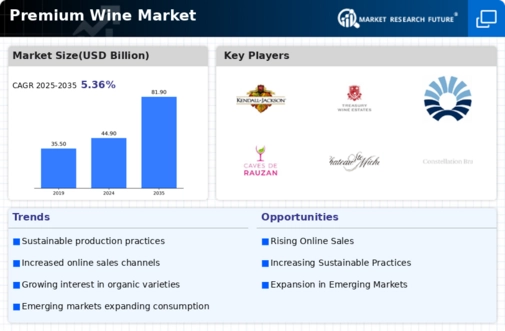
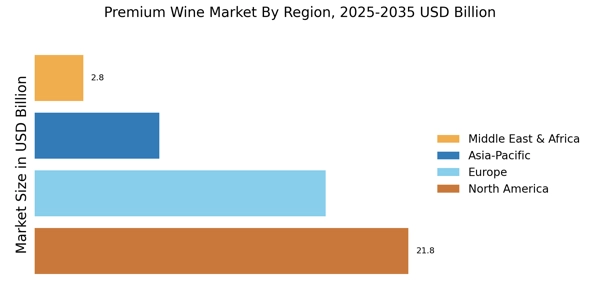
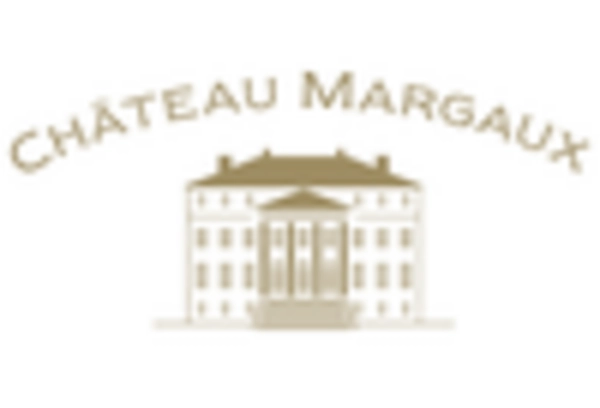
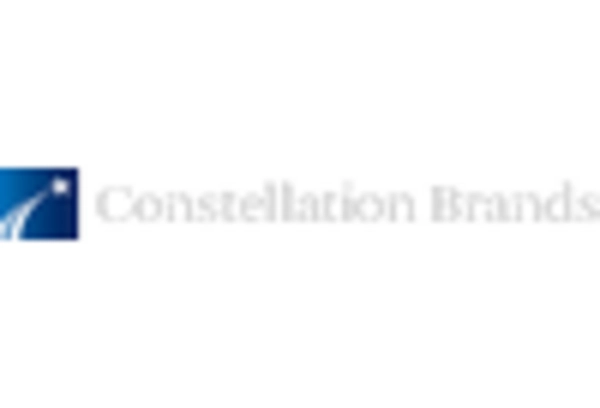
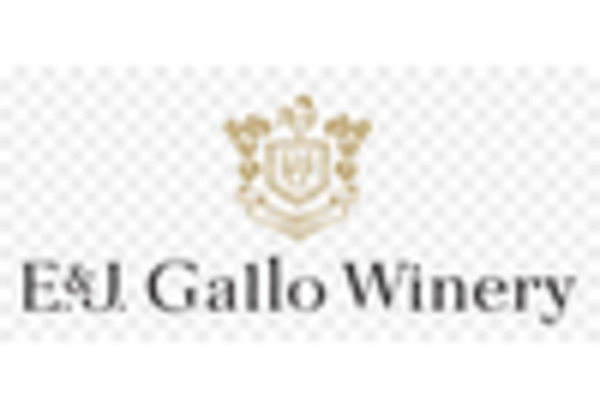
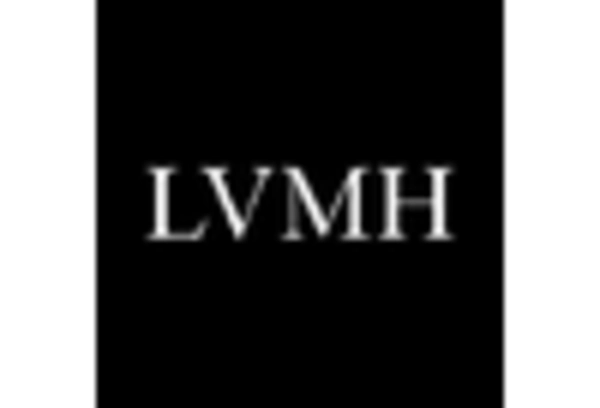
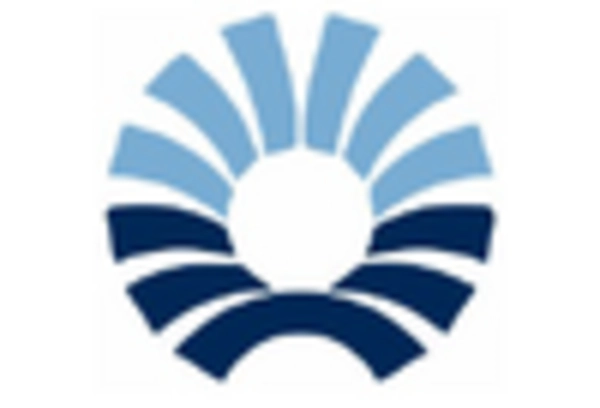
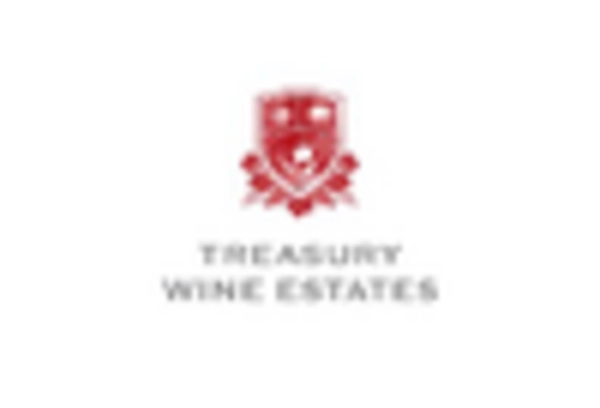








Leave a Comment